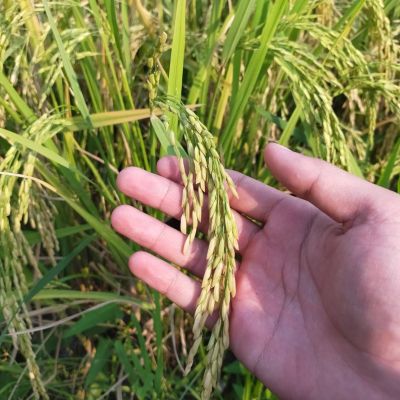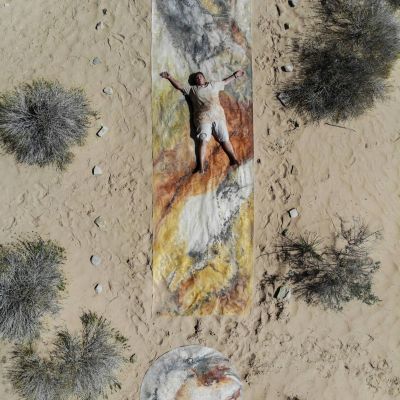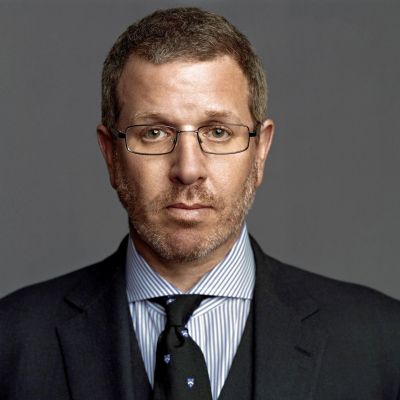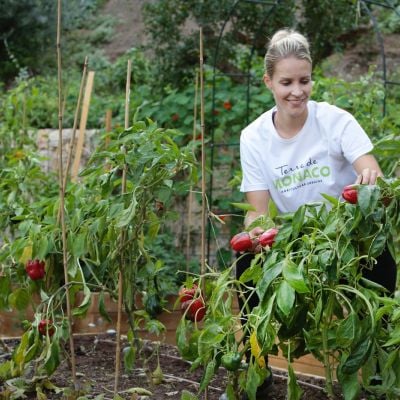Wildlife Photographers Join Force For Conservation
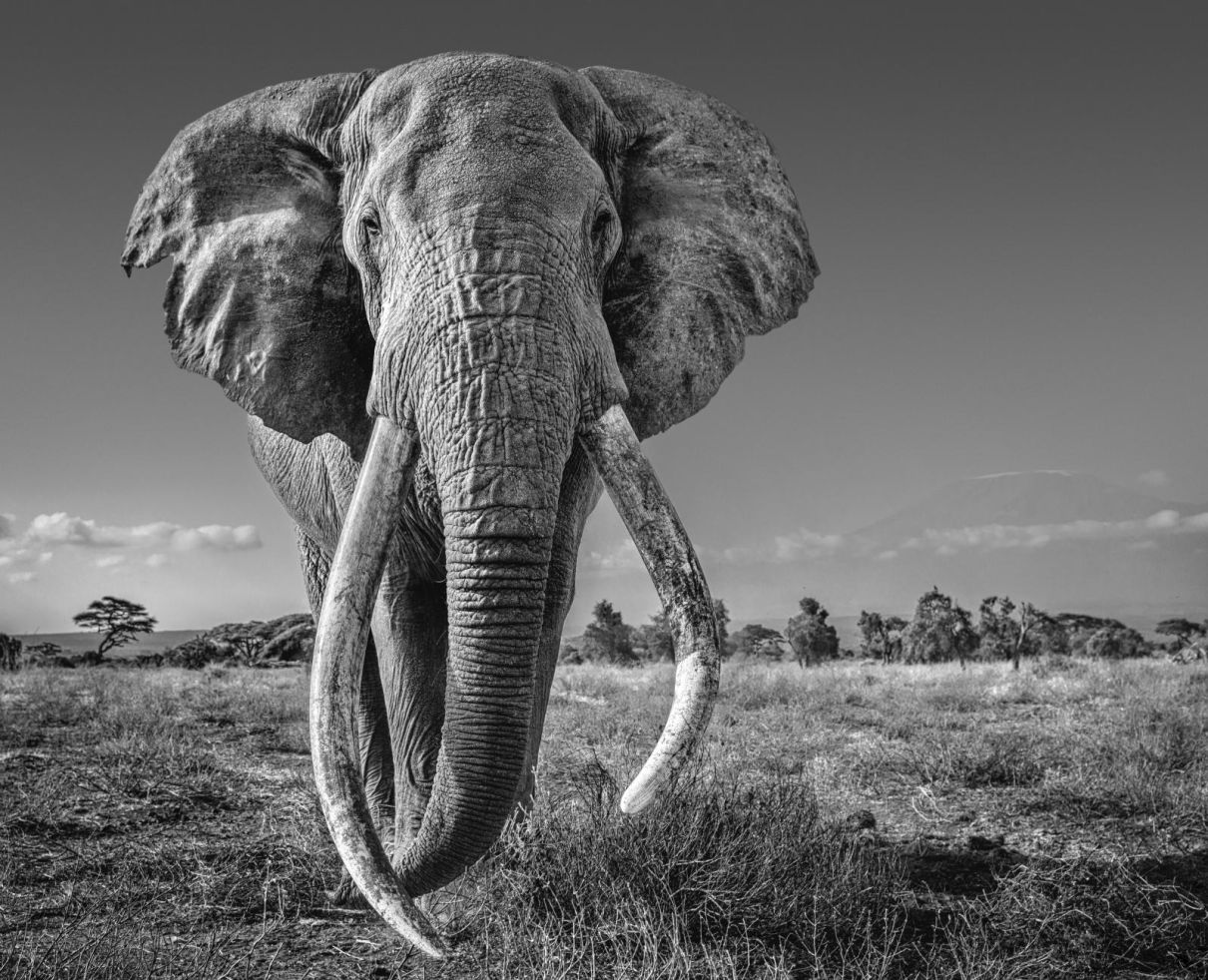
Two of the world’s leading wildlife photographers - David Yarrow and Adrian Steirn - are publishing limited edition photographs to raise much-needed funds.
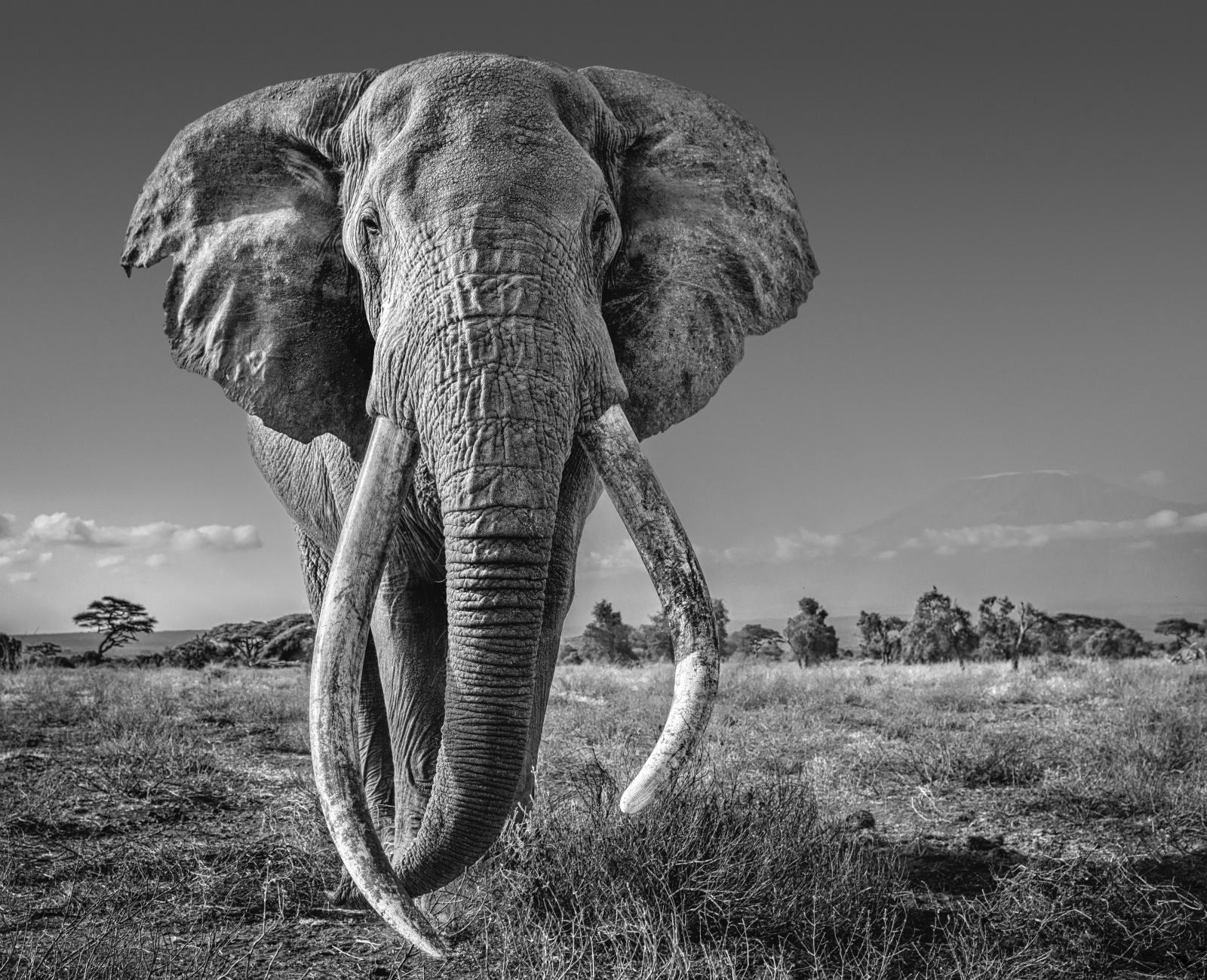
Both photographers have released two never-before-seen limited edition prints in support of Space for Giants, an Africa-based non-profit seeking to prevent illegal wildlife trade. 100% of proceeds go to the charity, in conjunction with a campaign launched by the Russian-British owner of the Evening Standard and The Independent, Evgeny Lebedev.
The prints, released today and available until 8th December 2020, cost US$650 for one, or US$1200 for both, available from Heni Editions. Both are signed and numbered on the reverse.
The illegal trade in wildlife is the largest in the world after drugs and weapons. The criminal cartels behind it have devastated our natural world, bringing about an extinction crisis. We now also know that through this illegal trade, wildlife trading has caused Covid-19, devastating our collective health and the global economy. Today, over 60 percent of known infectious diseases, and up to 75 percent of new or emerging diseases, originated from human contact with previously undisturbed ecosystems and their inhabitants.
Yarrow’s print, titled 'Space for Giants', was taken at the beginning of the COVID-19 pandemic and depicts a portrait of one of the last remaining elephant tuskers in the world; Craig. Tuskers are African elephants with tusks so long that they reach the ground, which makes them especially attractive for poaching gangs. There are less than 30 tuskers left in the world.
The image was made possible by Space for Giants who worked with the Kenya Wildlife Service to guide Yarrow as he explored one of East Africa’s most iconic national parks, Amboseli, at a time when, owing to the Covid-19 pandemic, there were no tourists or other photographers in sight.
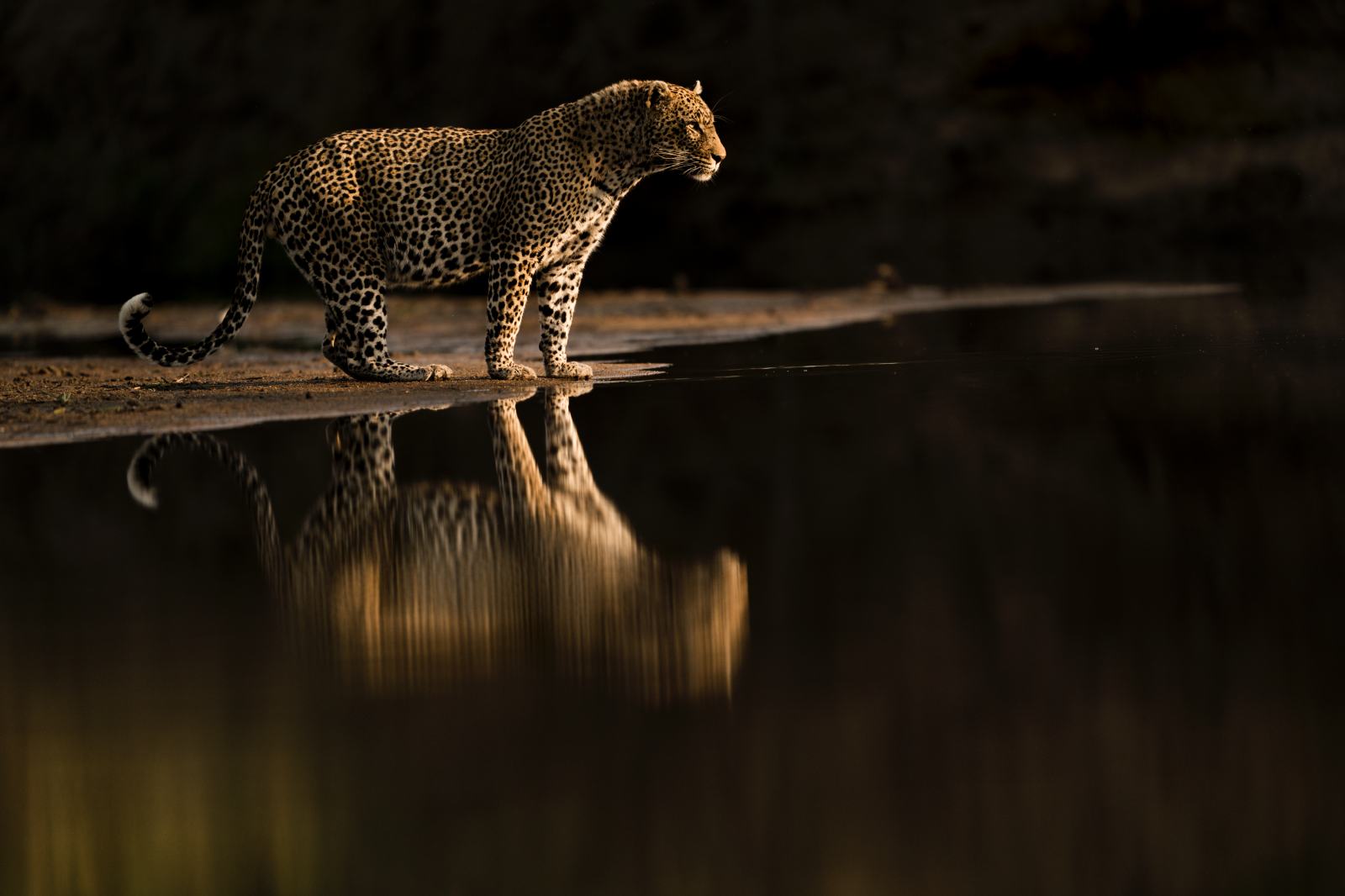
Steirn’s image, 'Spotted Cat' is a reflective shot of a majestic leopard standing over a body of water at Singita Sabi Sands. The elusive leopard - one of Africa’s great wild cats - is one of the most difficult animals to photograph.
“These magnificent images capture the irreplaceable beauty of our natural world. Nature’s value to humanity is priceless and it is that value which you can contribute to sustaining when you buy one of these prints,” said Space For Giants Founder, Dr. Max Graham, “That is because we will use every dollar generated from your purchase of these images to protect these wild animals and the natural ecosystems that they depend on.”
“It is not easy to criticise poachers in Africa for killing an elephant or a rhinoceros. Their motivation may well be to put food on the table for their families, and the deterrent they face is often weak. Wildlife crime flourishes - in part because of gaps in legal frameworks and in part because the judicial systems are overburdened or corrupt. Often poachers that are detained are not fined or punished and become repeat offenders. In the current system the risk is worth it,” said photographer David Yarrow, whose sales last year contributed US$3m in charitable donations.
He adds that Space for Giants takes a different track, with an aim to make legal frameworks in which poachers operate, more robust and capable of enforcing effective deterrents for the illegal wildlife trade. "For as long as these systems remain weak, there will always be those willing to take their chances. 2020 has reminded us all of the close relationship we still have with the wellbeing of the planet."
“We are capable of terrible cruelty and indulgence, as well as great kindness and beauty,” adds photographer Adrian Steirn, who also works as photographer in residence for WWF South Africa. “We get to choose how we write the next chapter. Life after the pandemic is our story to tell and our adventure to live.”

